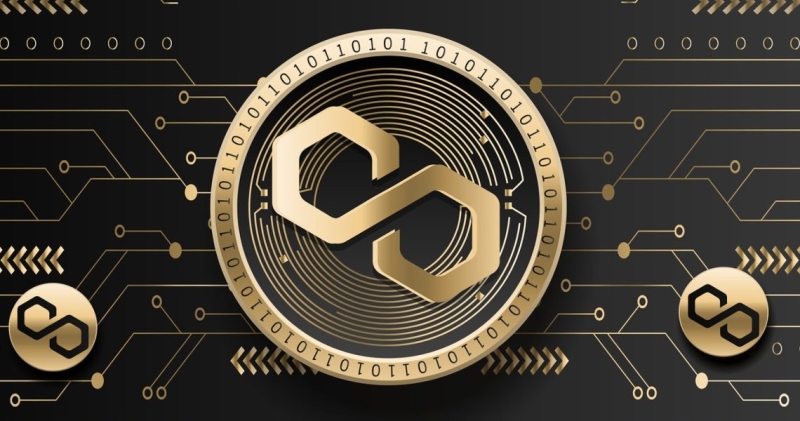Important news in the DeFi sector: the distribution of Polygon POL crypto contracts on the Ethereum main blockchain is imminent.
Let’s look at all the details and implications of this news below.
Polygon’s crucial role in Ethereum’s scalability: crypto contracts
As expected, Polygon Labs recently implemented contracts for the next-generation crypto, POL, on the Ethereum main network, following a testnet implementation earlier this month.
This development follows the approval of a set of proposed improvements to the Polygon network in September, which outlined the specifications of the POL token.
This cryptocurrency represents an evolution of MATIC and is intended to be integrated into the architecture of the forthcoming update, Polygon 2.0.
Among the key proposals discussed were PIP-17, which will initiate the POL cryptocurrency upgrade, and PIP-19, which recommends the adoption of POL as the native proof-of-stake gas and staking currency for Polygon.
As a result, POL will become the primary cryptocurrency in the Polygon 2.0 ecosystem, supporting a range of zero-knowledge-based Layer 2 chains and providing features such as staking, governance and community engagement.
Polygon Labs describes POL as a “highly productive, next-generation token” that powers a vast ecosystem of zero-knowledge Layer 2 chains.
This is achieved through a native re-staking protocol that allows POL holders to validate multiple chains and play different roles on each.
The POL token: a smooth transition to the core Polygon ecosystem
Although the POL token has been deployed on the core network, there will be no immediate replacement of MATIC.
In fact, this process requires governance approval and is designed to be synchronised with the launch of the Polygon 2.0 update.
This final update will involve a number of key steps.
These include the release of a new staking layer to support Polygon’s Layer 2 chains, the transition of Polygon’s proof-of-stake to zkRollup, and the implementation of ZK-based interoperability and a common liquidity protocol for all Layer 2s, according to Polygon Labs.
Binance supports native USDC on the Polygon network: convergence of finance and blockchain
Recently, Binance announced its support for the native USD Coin (USDC) token on the Polygon (MATIC) network, marking a significant step towards the interaction between leading financial platforms and cutting-edge blockchain networks.
This development is important as Binance had initially supported the bridge version of USDC, known as USDC.e.
To differentiate between the two versions, the bridge version will now be referred to as MATICUSDCE on the platform.
Binance has also planned separate announcements for the deposit and withdrawal processes for native USD coins on the Polygon network. However, it is important to note that these changes in the integration process may cause temporary disruptions.
In particular, deposit and withdrawal services for existing USDCs on the Polygon network were suspended on 25 October.
It is reassuring to note that this suspension did not affect other functionalities such as USDC spot trading, margin trading, futures trading, Binance Earn and Binance Pay services.
Unsurprisingly, Binance’s goal is to ensure a smooth user experience during this transition.
They have also assured users that deposits and withdrawals for the bridged USD coin, MATICUSDCE, will remain unchanged and can be made at any time.






